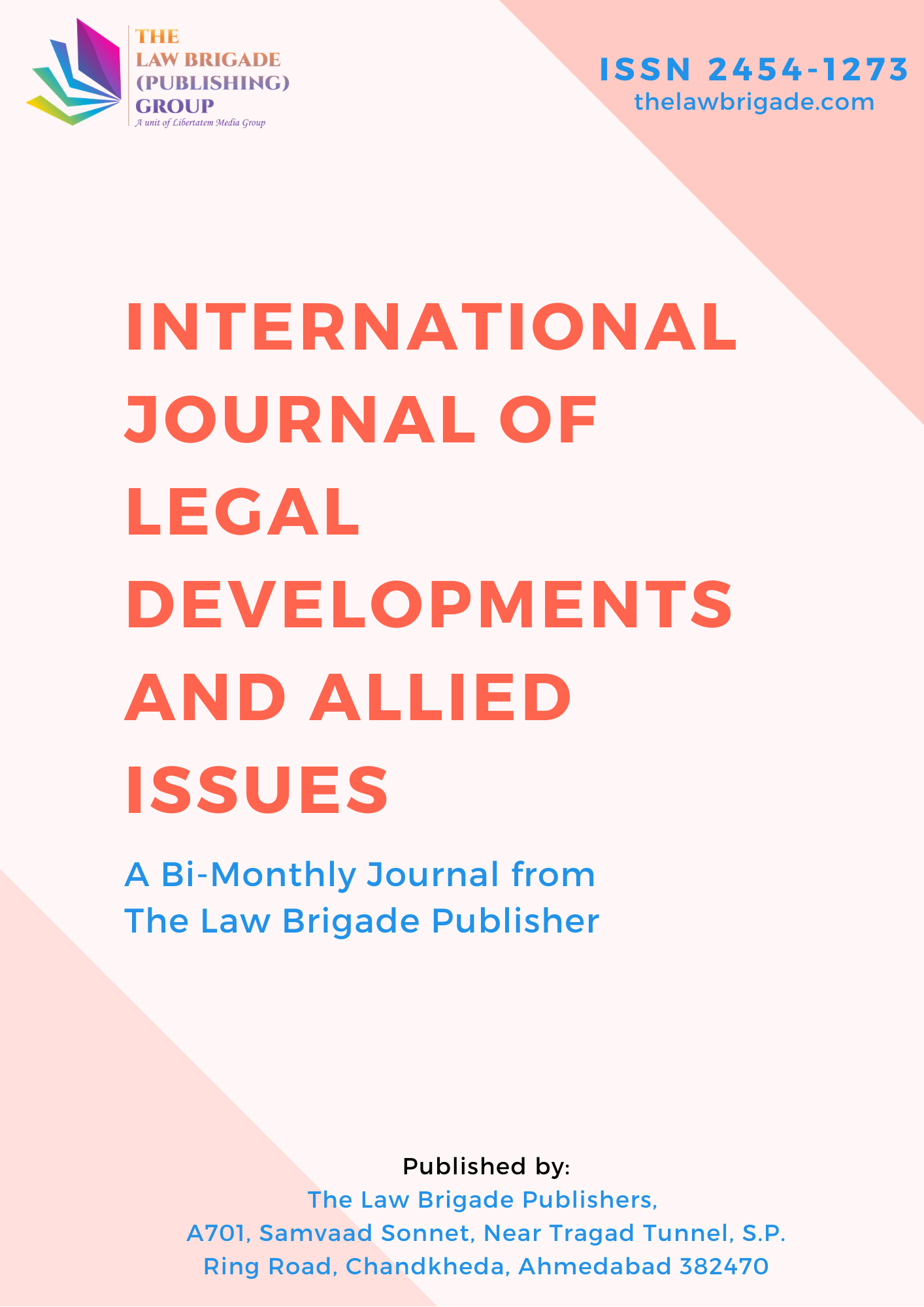The legal system in Iran for women keeps on fluctuating however the applicability and rules of the constitution have evolved but the inequality gap between both genders still prevails.
Iran is one of only six UN member states that have not signed CEDAW. Although the Iranian Parliament passed a bill to join the convention in May 2003, the bill was rejected after being sent to the Guardian Council, which is responsible for approving all new legislation in the country. The Guardian Council cited vague religious objections, under pressure from conservatives in government. The bill was then sent to the Expediency Council, where it has been stuck ever since.
During the early 20th century, the rights and legal system of Iran were reformed especially during the last three systems of government. At the time of the Qajar Dynasty (from the late 1800s to the early 20th century) women were not allowed to participate in any activity, they were isolated, their economic contributions were limited to household work. But at the time of the Pahlavi era, there was a drastic change towards the segregation of women: ban of the veil, right to vote, right to education, equal salaries for men and women, and the right to hold public office. Even after many reforms and changes, women are not equal under Iran’s constitution, adopted after the Islamic Revolution in 1979, which mandates legal code adhering to Sharia law. Women under the law are treated as half a man; men inherit twice what a woman would, and compensation for the death of a woman is half of a man’s.
Through this article, the writer wants to spread awareness regarding the lack of rights available to a woman in Iran and how their lives have been made a living hell. It also highlights the efforts made by Iranian women to improve their situation.





